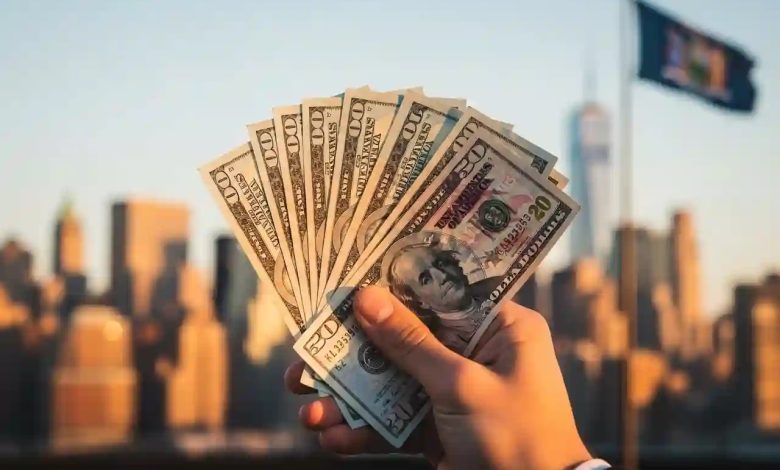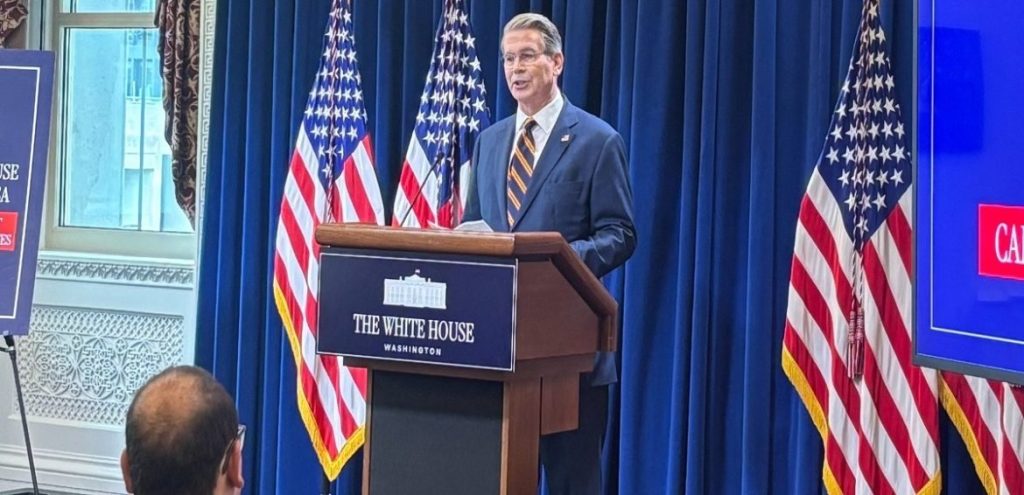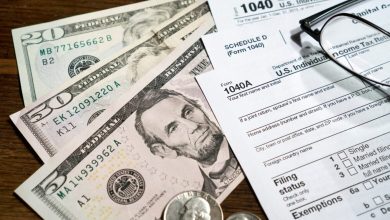Trump’s $2,000 Payments Plan Faces Inflation Concerns and Funding Gaps
Officials weigh savings incentives, tax-break alternatives, and congressional hurdles as the proposed 2026 stimulus checks draw scrutiny.

Treasury Secretary Scott Bessent indicated that President Donald Trump’s administration may encourage Americans to save, rather than spend, the proposed $2,000 checks—an effort aimed at preventing a potential inflation spike caused by injecting direct payments into the economy.
Bessent’s remarks came during an interview with Fox News, when host Bret Baier asked whether such payments could increase inflation. While the secretary did not explicitly say the plan posed inflationary risks, he hinted that “convincing Americans to save may be the solution.”
Key Revenue Gap Emerges as Trump’s Proposed $2,000 Checks Face Major Funding Hurdles
The idea of a “tariff refund,” which Trump promotes as a form of dividend for citizens, is backed by tariff revenues that the administration claims have doubled. This comes at a time when inflation has reached 3%, its highest level since January, according to data from the U.S. Bureau of Labor Statistics.
Although Trump has said the plan will benefit low- and middle-income families, official details—including eligibility criteria—have not yet been released, according to Newsweek.
The president stated from the Oval Office that the checks would “likely arrive by mid-next year or shortly after,” while Bessent had previously said that households earning under $100,000 would be among those eligible.
However, administration officials emphasize that congressional approval is essential for the program to proceed—setting the stage for potential political battles, especially as debates continue over the real size of tariff revenues.
While Trump claims the government is collecting “trillions of dollars in tariffs,” Treasury Department data shows that total tariff revenue for fiscal year 2025 amounted to only $195 billion. Meanwhile, the Tax Foundation estimates the cost of the checks to be around $300 billion after excluding high-income earners. This gap between available revenue and the program’s cost remains one of its major obstacles.

Experts Warn Inflation Could Intensify as White House Floats Alternative Models for $2,000 Relief Plan
Economic concerns are being reinforced by expert warnings. Erica York of the Tax Foundation said distributing financial checks while inflation remains troublingly high would drive prices upward. Maurice Obstfeld of the Peterson Institute for International Economics argued that most households, due to financial pressures, would spend the money immediately rather than save it—further escalating inflation.
Earlier this month, Bessent told reporters that the $2,000 payments may not come in a single form. They could instead translate into various tax breaks, such as eliminating taxes on tips, overtime, or Social Security income, or even allowing car loan payments to be deducted from taxable income. This suggests the administration is still exploring multiple models, and a final version of the program has not yet been approved.
According to Trump’s timeline, Americans may receive payments by mid-2026—provided Congress passes the legislation in the coming months. So far, the administration has not released any official bill or implementation guidelines, leaving the plan in the realm of political vision rather than a ready-to-launch program.



